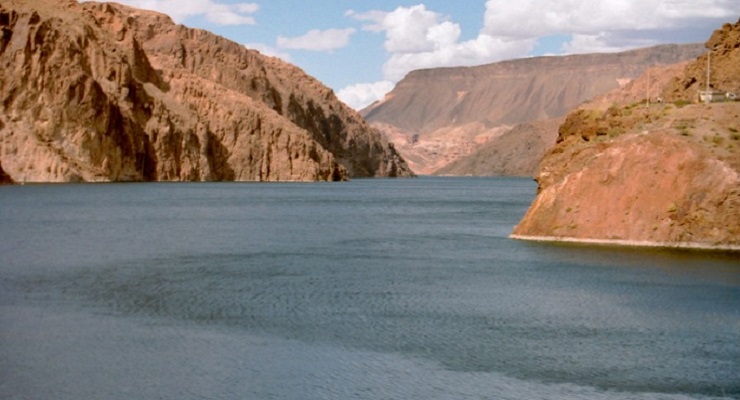
In response to worsening drought conditions, the board of Southern California’s regional water wholesaler and other water agencies across the Southwest have announced a partnership with the federal government to fund a short-term agricultural land fallowing program in California that will conserve water on a large scale.
The partnership among the U.S. Bureau of Reclamation, the Metropolitan Water District of Southern California (MWD), Central Arizona Project (CAP), Southern Nevada Water Authority, and the Palo Verde Irrigation District (PVID) is expected to help conserve up to 180,000 acre-feet of water over the next three years, amounting to about a 3-feet increase in Lake Mead’s water level.
On Aug. 16, the Pasadena City Council unanimously voted to implement a Level 2 Water Supply Shortage Plan under the Pasadena Municipal Code and to establish a voluntary water reduction target of 15%, which aligns with the state’s reduction goal.
As part of the Municipal Code, the Level 2 Water Supply Shortage Plan restricts outdoor watering to two days per week from April to October and one day per week from November to March.
Last week, the MWD declared a Water Supply Alert that calls upon residents to voluntarily conserve the precious resource.
“This is just the beginning,” said MWD General Manager Adel Hagekhalil. “We’re working to develop other innovative ideas to keep as much water as possible in Lake Mead. Working as one with our fellow water agencies and with our partners in ag, we can find solutions that benefit us all and that make the river more sustainable.”
The region’s water supply has been severely impacted by extreme drought in both the Northern Sierra and the Colorado River and crucial storage reservoirs have never been lower.
Under an agreement finalized last week, the Bureau of Reclamation will fund half of the program’s total costs of about $38 million, while MWD, CAP and Southern Nevada will share the remaining costs equally, each providing about $6.3 million.
With runoff in the Colorado River Basin dismally low this year, Lake Mead’s level has dropped significantly. The Bureau of Reclamation declared its first-ever tier-one shortage on the river last week, triggering cutbacks to Arizona and Nevada to slow the reservoir’s decline.
Through the program, participating farmers in the PVID will be paid not to plant anything in a portion of their land over the next three years. The conserved water will be added to Lake Mead, becoming what is known as system water — or water that benefits all users of Colorado River water.
The program is made possible through the MWD’s existing land fallowing program with PVID. Typically, the conserved water is made available to MWD and the agency can determine annually how much land to be fallowed, based on its water supply needs. Because the MWD has significant amounts of water stored in Lake Mead — more than 1 million acre-feet — it has flexibility on how it uses the fallowing program for the next few years, opening the door for this agreement.




















